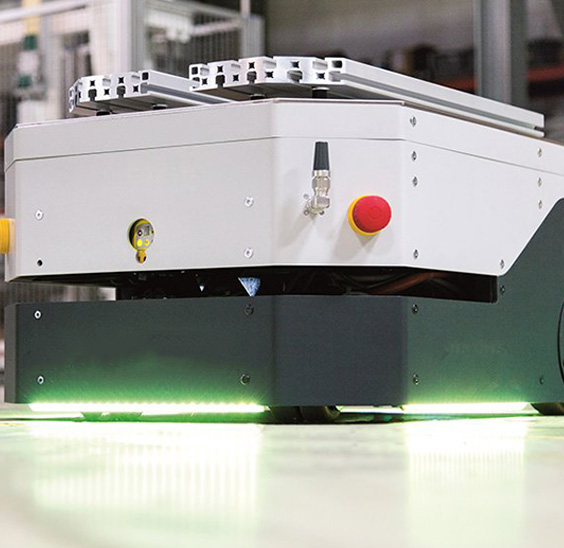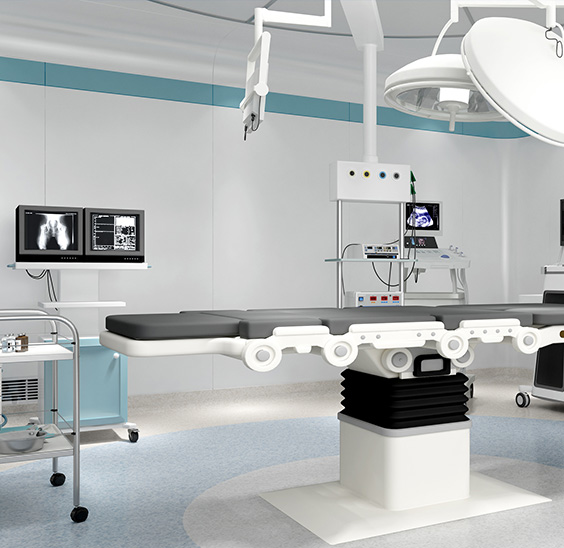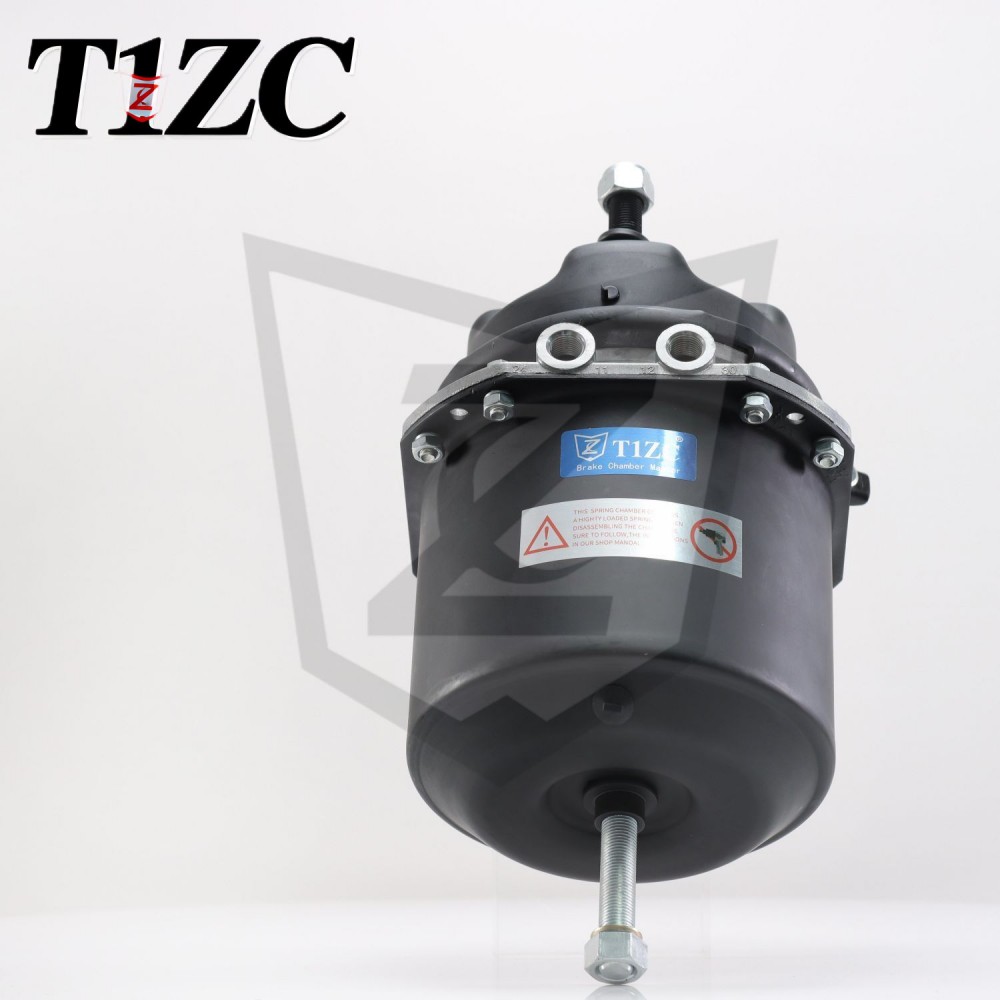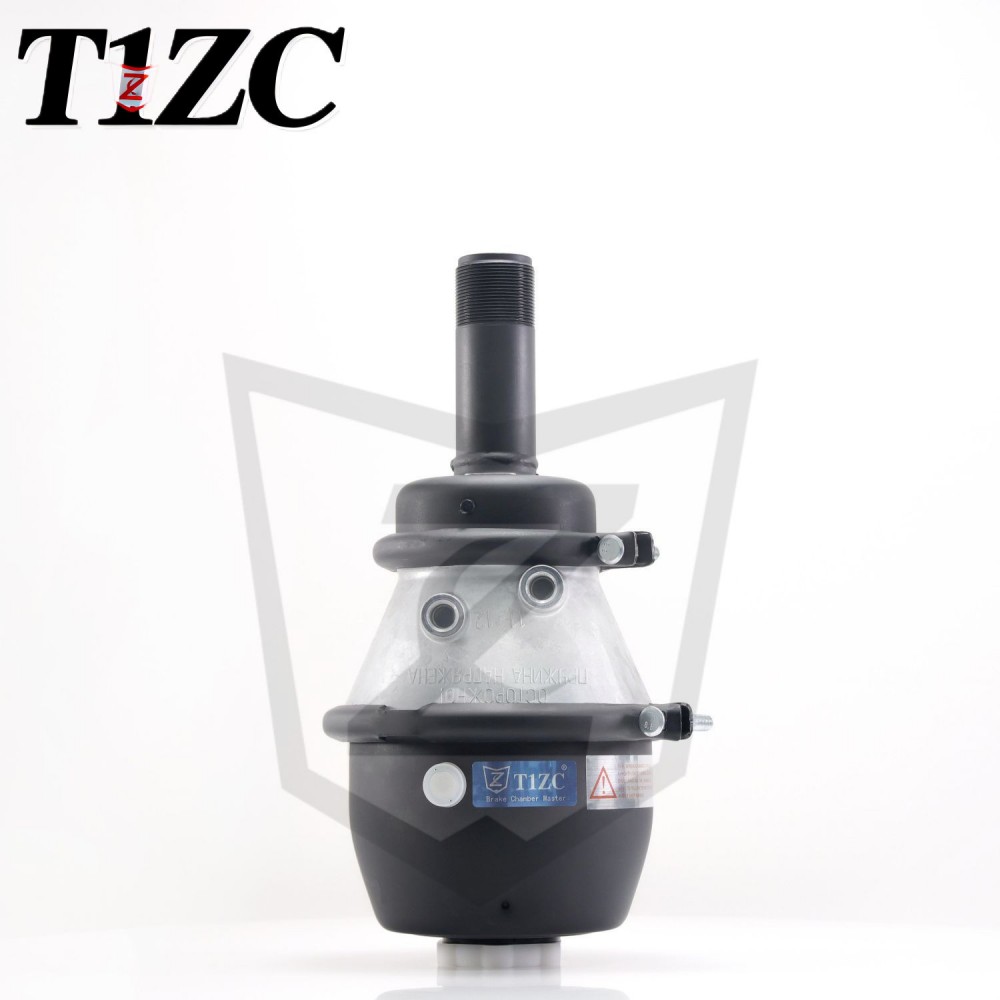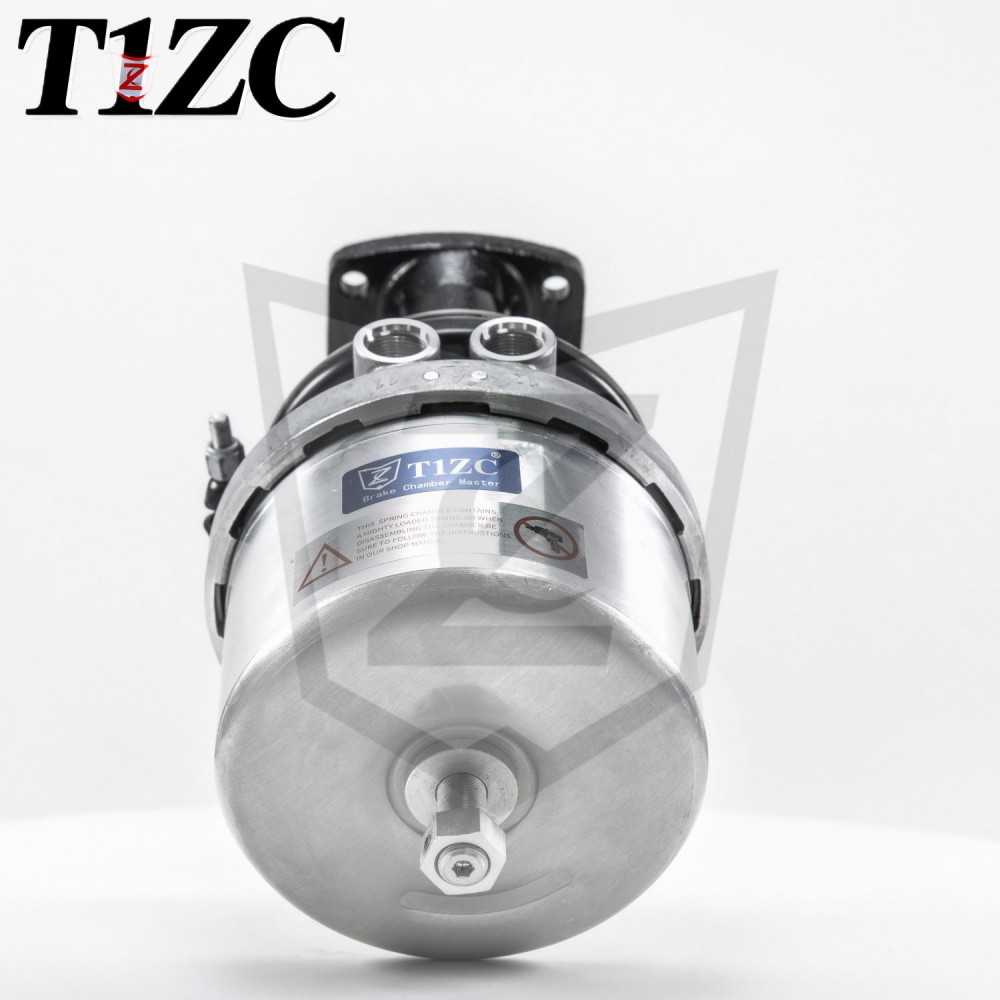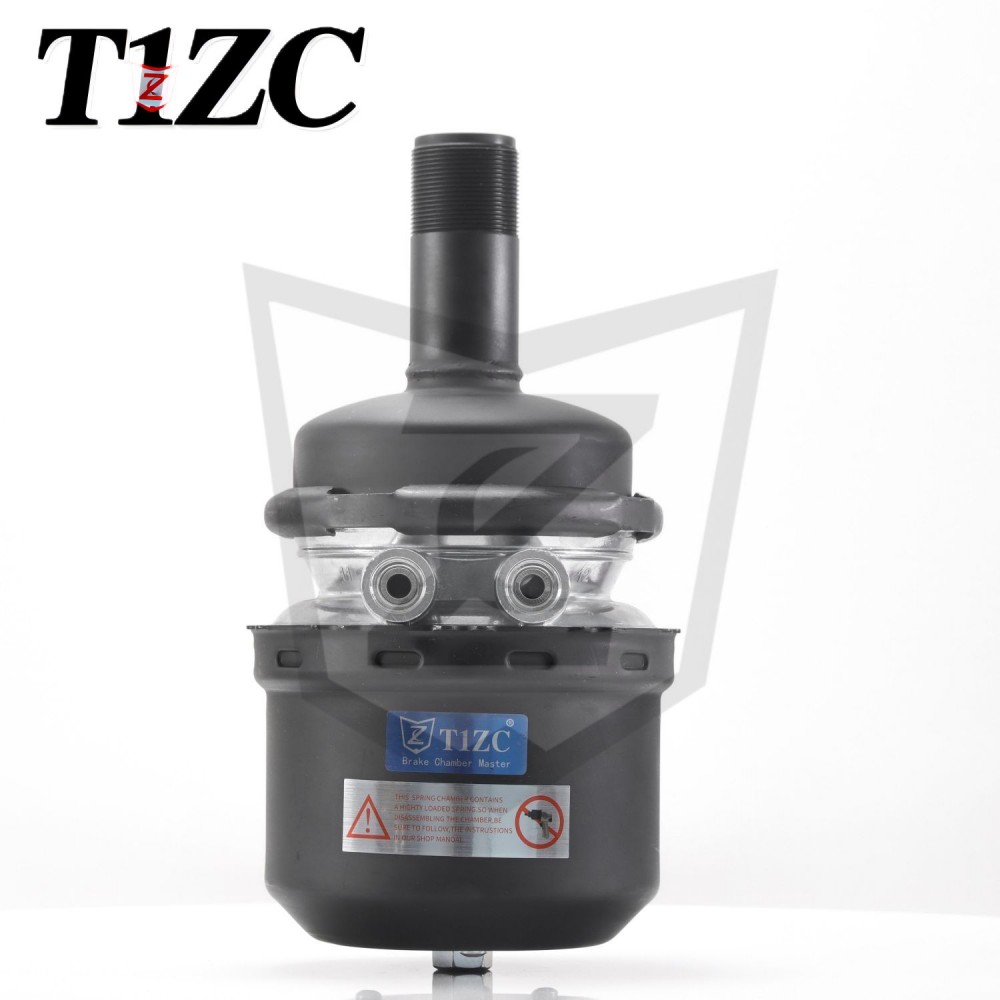How does a spring brake chamber function during emergency air loss?
Spring brake chambers are critical safety components within the air brake systems of commercial vehicles. Their primary function is to provide a reliable, mechanical means of applying the brakes automatically should the vehicle experience a catastrophic loss of air pressure. Understanding their operation during such an emergency is fundamental for vehicle safety.
Core Design Principle: Dual-Action Chamber
A spring brake chamber integrates two distinct functional sections spring brake chamber integrates two distinct functional sections within a single housing:
- Service Brake Section: Operates like a standard brake chamber, using air pressure to push a pushrod outward, applying the foundation brakes when the driver presses the brake pedal.
- Spring Brake Section: Contains a powerful, high-compression spring. This spring is held in a compressed state by the presence of sufficient air pressure within the spring section.
Normal Operation (Adequate Air Pressure Present)
During normal vehicle operation:
- The air system is charged to its operating pressure (typically 100-125 psi).
- Air pressure is supplied to the spring brake section of the chamber via the parking/emergency brake control valve.
- This air pressure acts against a large diaphragm connected to the spring, overcoming the force of the powerful compression spring and keeping it fully compressed.
- In this state, the spring brake section is "caged" or "released." The pushrod associated with the spring section remains retracted and does not apply braking force.
- The service brake section functions independently, applying and releasing brakes based on driver input via the service brake valve.
Emergency Operation (Loss of Air Pressure)
The critical safety function activates when air pressure is lost from the spring brake section. This loss can occur due to:
- A rupture in the air line supplying the spring brake chambers.
- A severe leak elsewhere in the system causing system pressure to drop below the level needed to contain the spring.
- Deliberate activation of the parking brake control valve by the driver.
The Emergency Brake Application Sequence:
- Pressure Drop: Air pressure within the spring brake section decreases significantly or drops to zero.
- Spring Force Overcomes Pressure: With insufficient air pressure to oppose it, the stored energy within the powerful compression spring is released.
- Diaphragm and Pushrod Actuation: The expanding spring forces the diaphragm in the spring brake section to move.
- Pushrod Extension: This diaphragm movement directly forces the spring brake pushrod to extend outward with considerable force.
- Mechanical Brake Application: The extending pushrod mechanically applies the foundation brakes (typically via the slack adjuster and camshaft on S-cam brakes, or directly on some disc brake designs). This applies the brakes to the wheels served by that chamber.
- Holding Force: The spring remains extended, maintaining braking force mechanically, independent of any remaining air pressure in the system. The brakes remain applied until sufficient air pressure is restored to the spring section to recompress the spring and retract the pushrod.
Key Safety Characteristics
- Fail-Safe Design: The system defaults to a braked state when air pressure fails. Brake application is positive and automatic.
- Mechanical Engagement: Braking force is generated and sustained purely by the mechanical energy of the released spring, requiring no air pressure or electrical input.
- Parking Function: This same spring mechanism is used for the parking brake function when the vehicle is stationary, activated by the driver releasing air pressure via the control valve.
Importance of Maintenance
The critical nature of the spring brake chamber's emergency function underscores the necessity for rigorous maintenance:
- Regular inspection for chamber damage, corrosion, or leaks.
- Ensuring pushrod stroke does not exceed adjustment limits.
- Replacement of chambers showing signs of failure or reaching service life limits.
The spring brake chamber's operation during emergency air loss is a fundamental fail-safe mechanism. By utilizing a powerful spring held in check by system air pressure, it ensures that a catastrophic loss of air results in the immediate and sustained mechanical application of the vehicle's brakes. This design is a cornerstone of commercial vehicle safety, providing a critical last line of defense against uncontrolled movement in the event of air system failure. Understanding this function is essential for operators and maintenance personnel alike.


 EN
EN  English
English Português
Português
